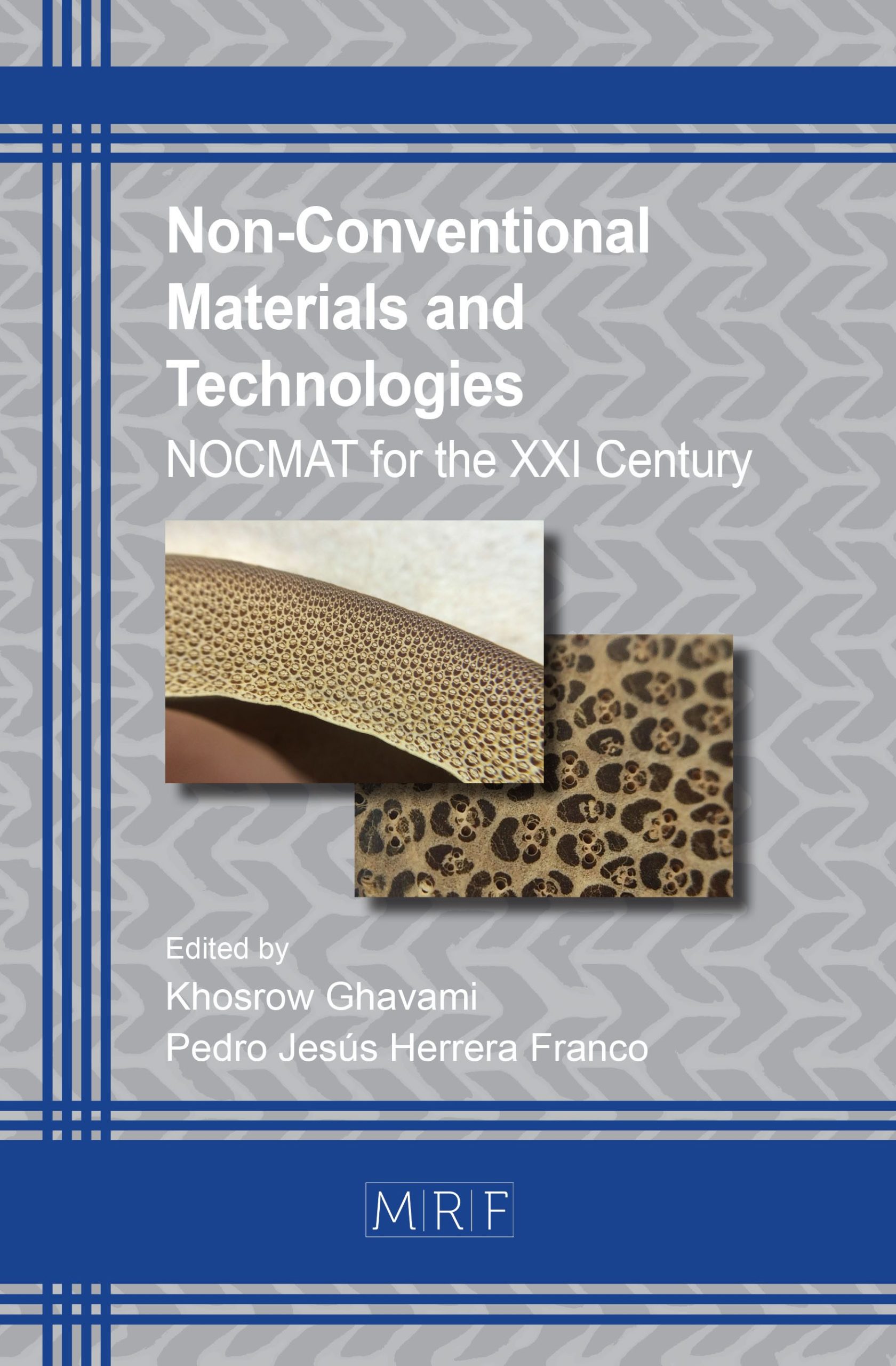Shear Behavior of the Lamined Bamboo Guadua (LBG)
C. Takeuchi, D. Linero
Abstract. The shear behavior parallel and perpendicular to the fiber of laminated bamboo Guadua, LBG, was studied by testing six different types of samples. The definition of the types was made taking into account the direction of the fibers, the orientation of the slats and the shear plane. In all configurations, the shear between the parenchyma matrix and fibers was studied.
The samples whose fibers and boards were parallel to the direction of the load presented a crack parallel to the fiber whose surface mostly coincides with the expected cutting plane. The average value of shear strength of LBG was 6.0MPa, when the fibers are parallel to the loading direction and the contact surface between slats is perpendicular to the shear plane. In the samples where the fibers are perpendicular to the loading direction and to the contact surface between slats, the crack propagated approximately 45° from the vertical and the shear strength was 2.9MPa. In the samples in which the direction of the load was perpendicular to the fiber and parallel to the slats, the crack was parallel to the expected shear plane. In some of these samples, the crack path did not coincide with the expected shear plane, occurring in other parallel planes with lower fiber density. This case presented the smallest shear strength with average value of 2.3MPa.
Keywords
Laminated Bamboo Guadua, Shear Behavior, Strength, Cracks
Published online , 8 pages
Copyright © 2018 by the author(s)
Published under license by Materials Research Forum LLC., Millersville PA, USA
Citation: C. Takeuchi, D. Linero, ‘Shear Behavior of the Lamined Bamboo Guadua (LBG)’, Materials Research Proceedings, Vol. 7, pp 632-639, 2018
DOI: http://dx.doi.org/10.21741/9781945291838-60
The article was published as article 60 of the book Non-Conventional Materials and Technologies
References
[1] Dixon, P.G., et al., Comparison of the structure and flexural properties of Moso, Guadua and Tre Gai bamboo. Construction and Building Materials, 2015. 90: p. 11-17. https://doi.org/10.1016/j.conbuildmat.2015.04.042
[2] García, J.J., C. Rangel, and K. Ghavami, Experiments with rings to determine the anisotropic elastic constants of bamboo. Construction and Building Materials, 2012. 31: p. 52-57. https://doi.org/10.1016/j.conbuildmat.2011.12.089
[3] Pacheco, C. and C. Takeuchi. Tension strength perpendicular to the fiber in Guadua angustifolia (Bamboo). in Brazilian Conference on Non-Conventional Materials and Technologies in Ecological and Sustainable Construction. NOCMAT 2006. 2006. Salvador de Bahia (Brazil).
[4] Takeuchi, C., et al., Experimental Determination of Allowable Stresses for Bamboo Guadua Angustifolia Kunth Structures. Key Engineering Materials, 2012. 517: p. 76-80. https://doi.org/10.4028/www.scientific.net/KEM.517.76
[5] Trujillo, D. and L.F. López, 13 – Bamboo material characterisation, in Nonconventional and Vernacular Construction Materials. 2016, Woodhead Publishing. p. 365-392. https://doi.org/10.1016/B978-0-08-100038-0.00013-5
[6] Archila, H., M. Ansell, and P. Wallker. Measurement of the in-plane shear moduli of bamboo-guadua using the iosipescu shear test method. in 10th World Bamboo Congress. 2015. Korea.
[7] Correal, J., et al., Experimental evaluation of physical and mechanical properties of Glued Laminated Guadua angustifolia Kunth. Construction and Building Materials, 2014. 73: p. 105-112. https://doi.org/10.1016/j.conbuildmat.2014.09.056
[8] Cortes, J.C., et al. Assesment of the influence of glue type in the mechanical behavior of glued laminated guadua (bamboo) in International Conference on Non-conventional Materials and Technologies (NOCMAT 2010). 2010.
[9] Takeuchi, C., Caracterización mecánica del bambú guadua laminada para uso estructural, in Facultad de Ingeniería – Doctorado en Ciencia y Tecnología de Materiales. 2014, Universidad Nacional de Colombia: Bogotá.
[10] ASTM, Standard Test Methods for Small Clear Specimens of Timber. 2000, ASTM International: United States of America.































